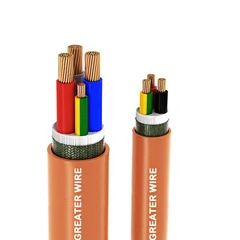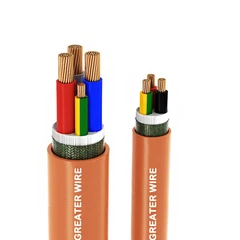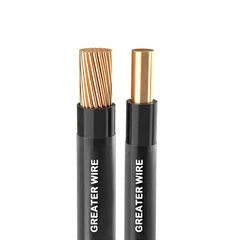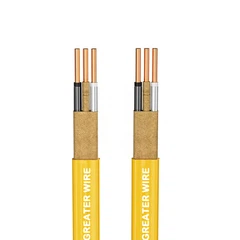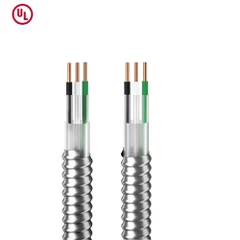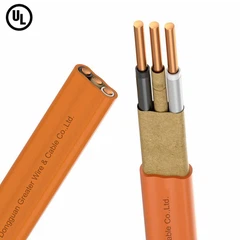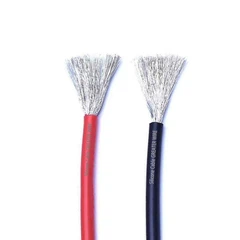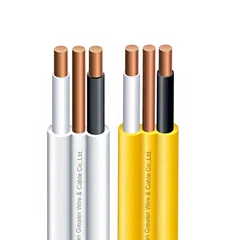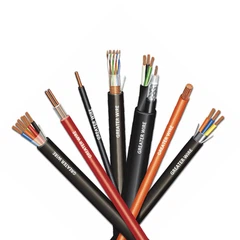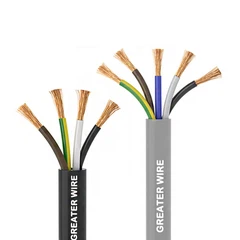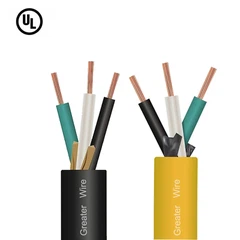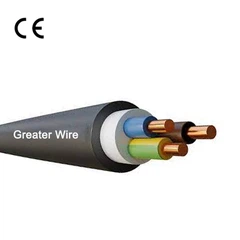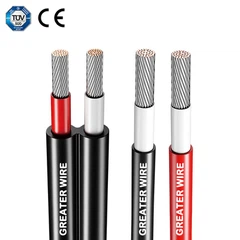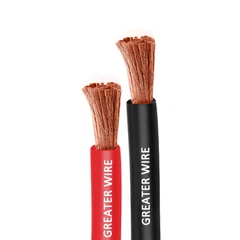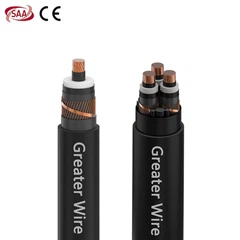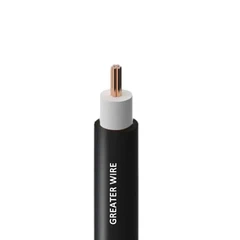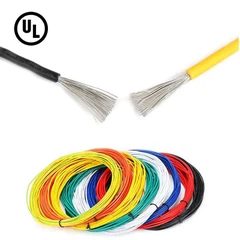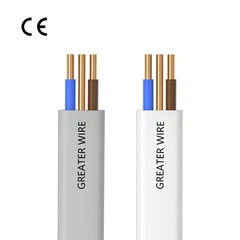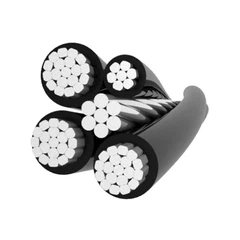Water ingress into medium voltage cables may pose a risk of electric shock and equipment damage. Therefore, it is very important to take timely measures to solve the problem of cable water ingress. At the same time, when installing MV cables, appropriate waterproof measures should be taken, such as using waterproof sleeves, sealants, and waterproof connectors, to reduce the risk of water ingress into the cables.
Reasons for water ingress in medium voltage cables:
Weather conditions: extreme weather conditions, such as rainstorm, flood or snowstorm, may cause water ingress into the medium voltage wire. Especially outdoors or in areas without appropriate protective measures, medium voltage wire are more likely to be exposed to harsh weather conditions.
Incorrect installation: The medium voltage power cable may not have been properly protected during installation, such as not using waterproof conduit or sealant. This makes medium voltage cables susceptible to external moisture intrusion.
Poor maintenance: If medium voltage cable are not properly maintained for a long time, or if not properly maintained, it can also increase the risk of water ingress into the cables. For example, if the medium cable is not regularly inspected and cleaned, accumulated dust and dirt may hinder normal drainage, causing moisture to seep into the interior of the cable.
Medium cable water ingress refers to the situation where moisture enters the interior of the cable. This kind of problem may lead to malfunction or even damage of electrical equipment, and there is also a risk of electric shock. Here are the methods to solve the problem of water ingress in MV power cable:
Quick power outage: Once water enters the MV cable, immediately cut off the power supply. This is the most important step to avoid the risk of electric shock and further damage to electrical equipment.
Dismantling cables: Remove the MV cable that has entered the water from the power outlet or other connection point to prevent further damage. At the same time, cables need to be handled carefully to avoid touching wires and exposed parts.
Partial interception: If only two ends of the MV cable are exposed to water, simply cut off both ends and rewire the cable head. If there is a clear water inlet point in the middle, it is necessary to cut off the MV cable near the inlet point and make the intermediate joint.
MV cable heads should be sealed: Sawed cable ends, whether stacked or laid, should be sealed with plastic (using cable specific sealing sleeves) to prevent moisture from entering.
Hot nitrogen drying treatment: Use specialized hot nitrogen gas for internal pressure drying treatment.
Regular inspection: Conduct pressure and leakage tests on MV cables regularly to ensure timely understanding of cable operation status.
It should be noted that water ingress into medium voltage cables may pose a risk of electric shock and equipment damage. Therefore, it is crucial to take timely measures to address the issue of water ingress in medium voltage cables. At the same time, when installing cables, appropriate waterproof measures should be taken, such as using waterproof sleeves, sealants, and waterproof connectors, to reduce the risk of water ingress into medium voltage cables.


